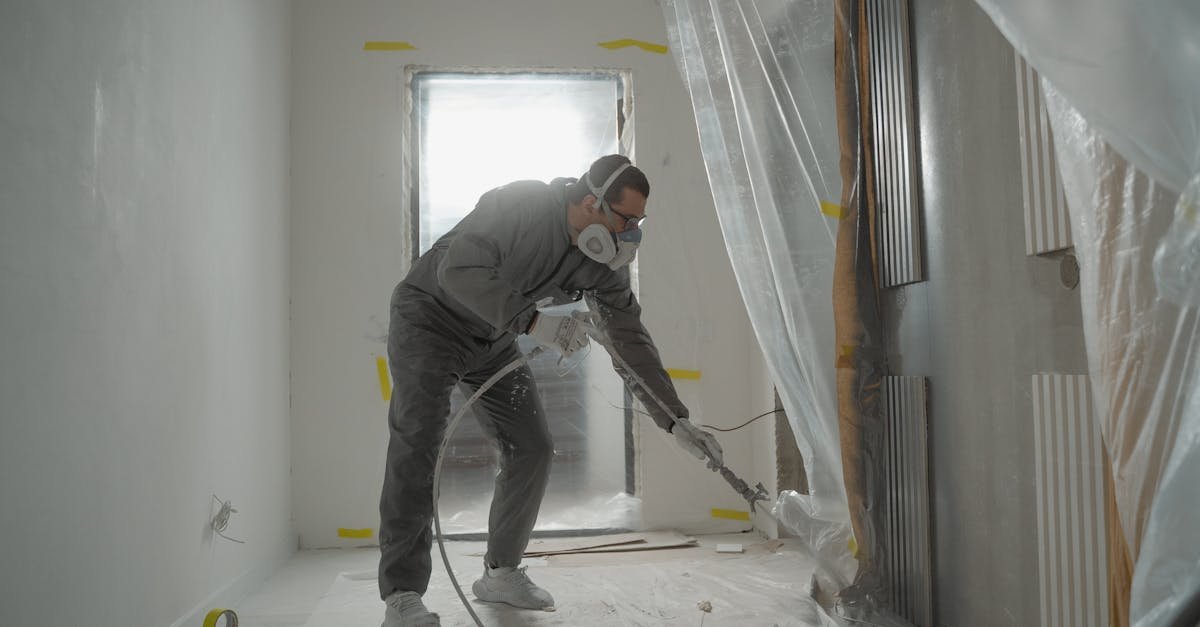So, you wanna build muscle, get stronger, and feel awesome, but maybe the gym isn’t your scene? Or maybe you’re just super busy, juggling school, work, or family, and fitting in a trip to a fitness center feels impossible. Plus, weights and machines can be expensive! You might be thinking, “Can I *really* build muscle just chilling at home with no fancy gear?” Absolutely! It might seem tricky, but your own body is an amazing tool. Stick around, and we’ll break down exactly how you can get stronger using just you, gravity, and a bit of know-how. You’ll learn the secrets to making bodyweight exercises work, how to keep getting stronger, and why stuff like food and rest are super important pieces of the puzzle.
Your Body: The Ultimate Workout Machine
Think about it – lifting weights is just using resistance to challenge your muscles, right? Well, your body has weight! Lifting your own body is resistance training, plain and simple. Push-ups work your chest, shoulders, and triceps. Squats blast your legs and glutes. Lunges, planks, jumping jacks… these are all legit exercises that use your bodyweight to make your muscles work hard. It’s not about having shiny dumbbells; it’s about putting your muscles under enough stress that they say, “Whoa, okay, I need to get stronger to handle this!” Imagine trying to push a heavy box – that’s resistance. Doing a push-up is like pushing the floor (and the weight of your upper body) away from you. Same idea!
Level Up Your Moves: Making Bodyweight Harder
Okay, so doing 10 push-ups might feel tough at first, but eventually, it gets easier. That’s awesome – it means you’re getting stronger! But to keep building muscle, you need to keep challenging yourself. This is called progressive overload. It sounds fancy, but it just means making things gradually harder over time. With bodyweight stuff, you can’t just add more plates like at the gym, so you gotta get creative. Here are a few ways:
- Do more reps or sets: If 10 push-ups become easy, aim for 12, then 15. Or do an extra set.
- Slow it down: Try doing your squats or push-ups really slowly. Like, take 3 seconds to go down and 3 seconds to come back up. This makes your muscles work way harder.
- Change the angle or leverage: Regular push-ups too easy? Try putting your feet up on a sturdy chair or step (decline push-ups). Squats feeling simple? Try pistol squats (one-legged squats) – way tougher!
- Reduce rest time: Cut down the time you chill between sets. It keeps the intensity up.
- Try harder variations: Move from regular squats to jump squats, or from planks to planks with arm raises.
It’s like playing a video game. You beat level 1, so you move on to level 2, which is harder. Same thing here!
Feed Your Muscles: You Are What You Eat (Seriously!)
Working out breaks down your muscles (just a tiny bit, don’t worry!). To rebuild them bigger and stronger, your body needs the right building blocks. Think of it like constructing a Lego tower – you need bricks! For muscles, the main bricks are protein. Good sources are things like chicken, fish, beans, lentils, eggs, tofu, and Greek yogurt. You don’t need to go crazy, but try to get some protein with most of your meals, especially after a workout.
Carbs (like bread, pasta, rice, fruits, veggies) are important too – they give you the energy to actually *do* your workouts. And healthy fats (like those in avocados, nuts, and olive oil) help with hormones and overall health. Don’t skip meals, and try to eat balanced stuff most of the time. It makes a huge difference!
Chill Out: Why Rest is Your Muscle-Building Secret Weapon
You might think more workouts = more muscle, right? Not exactly. Your muscles actually grow and get stronger when you’re resting, *not* when you’re working out. Exercise is the signal, but rest and sleep are when the repair and growth happen. If you work the same muscles hard every single day without breaks, they never get a chance to recover and rebuild properly. You might even get weaker or injured.
Aim for at least 1-2 rest days per week, especially from intense workouts targeting the same muscle groups. And sleep! Getting enough quality sleep (like 7-9 hours for most adults) is huge for muscle recovery and growth. Think of it like charging your phone overnight – your body needs that downtime to recharge and get ready for the next challenge.
Show Up: Consistency is King (and Queen!)
It’s way better to do *something* consistently than to do one killer workout and then nothing for two weeks because you’re too sore or burned out. Building muscle takes time and patience. Aim for a routine you can actually stick with. Maybe that’s 3-4 bodyweight sessions per week, maybe it’s 20 minutes every other day. Find what works for *your* life.
Imagine trying to learn guitar. Practicing for 15 minutes every day will get you way further than one frustrating 3-hour session every month. Building muscle is similar. Little bits of effort, done regularly, add up to big results over time. Don’t get discouraged if you don’t see massive changes overnight. Keep showing up, keep challenging yourself (even just a little bit more each time), and trust the process.
Use Your Brain: The Mind-Muscle Connection
This might sound a bit weird, but really *thinking* about the muscle you’re trying to work can make a big difference. When you’re doing squats, don’t just go through the motions. Focus on feeling your quads and glutes working. Squeeze them at the top. When doing push-ups, concentrate on your chest and triceps pushing you up. This is called the mind-muscle connection.
It helps you activate the right muscles more effectively, making each rep count more. It’s like focusing really hard when you’re trying to draw something accurately versus just scribbling. That focus leads to a better result. Slow down your reps sometimes and just pay attention to what you feel. It helps ensure you’re actually working the muscles you intend to work, not just moving your body around.
So, there you have it! Building muscle at home without any fancy equipment isn’t some impossible dream. It boils down to using your own bodyweight smartly, making things progressively harder as you get stronger, and giving your body the right fuel and rest to recover and grow. Remember to focus on consistency – showing up regularly is key – and really tune into the muscles you’re working with that mind-muscle connection. It takes patience and effort, for sure, but you absolutely have the power to get stronger, feel better, and build the muscle you want, right in your own living room. You’ve got this!










